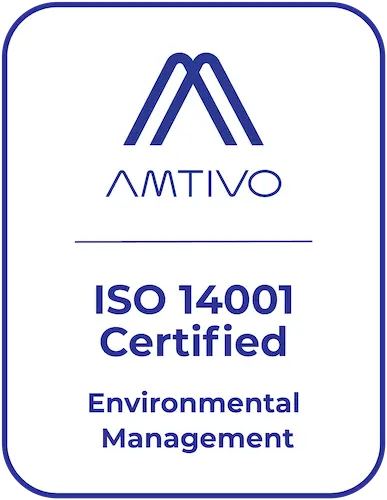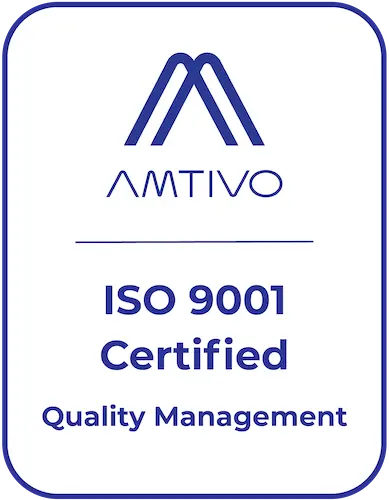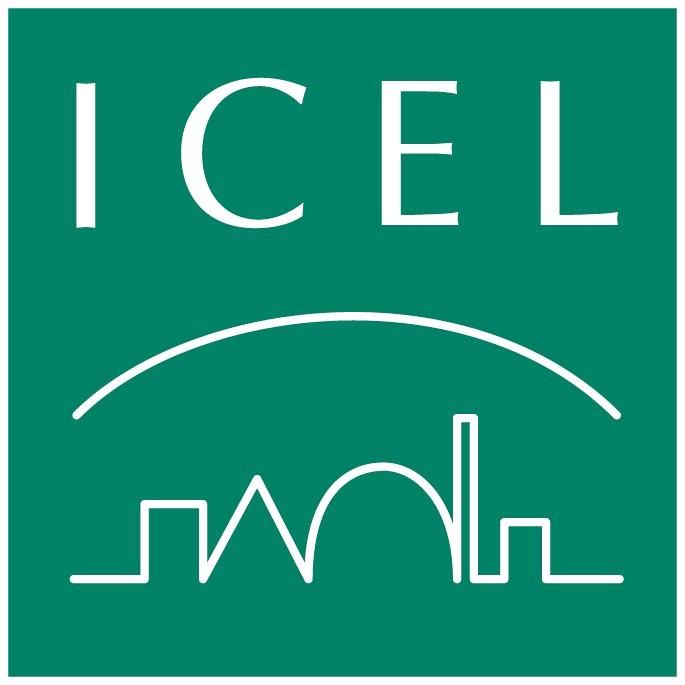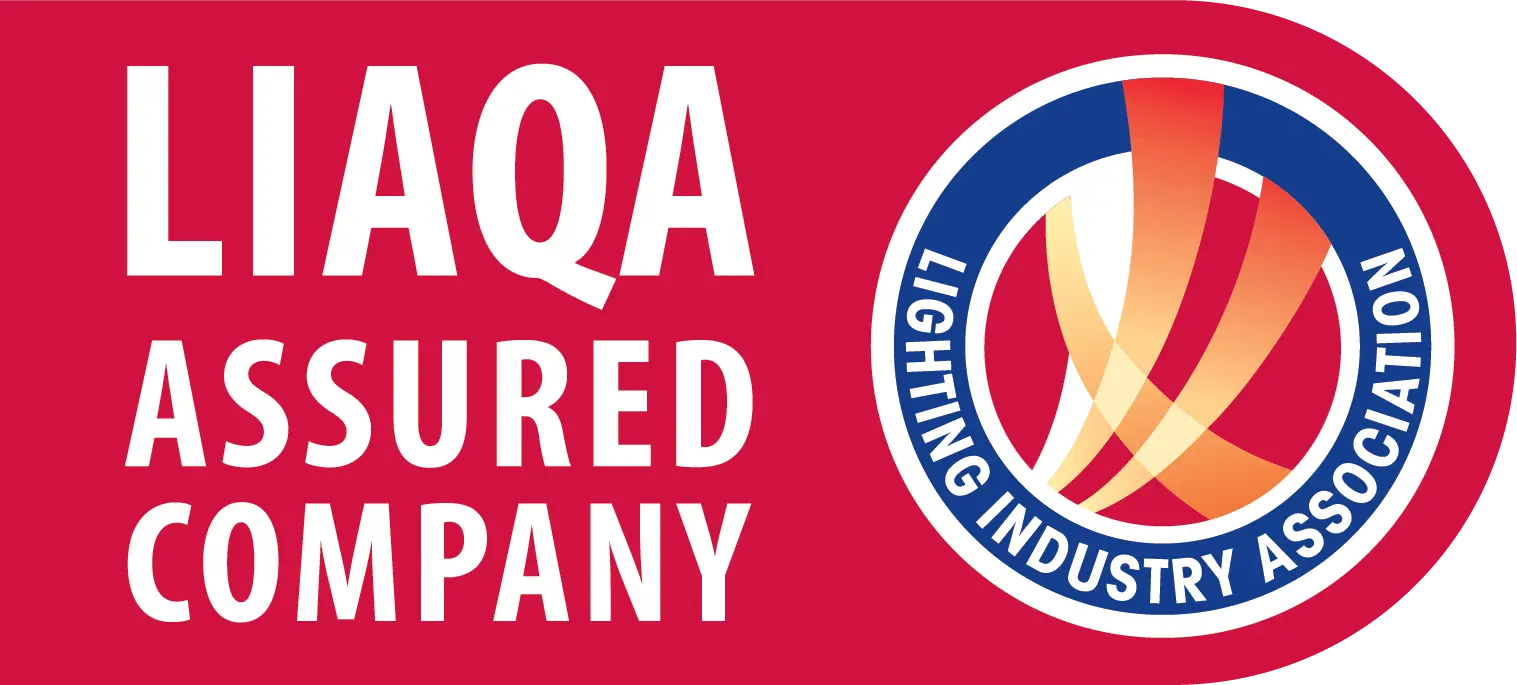ROBUS energy saving calculator
Energy Saving Calculator: Standard Fittings Vs Efficient Alternatives
As we move towards a more energy conscience world and look for ways to reduce our energy consumption, we need to find effective solutions to support us. ROBUS continually invest in the creation and development of practical low energy lighting solutions and offers a comprehensive range of low energy lamps and luminaires in all categories.
Today’s energy saving solutions are not limited to LEDs, but also compact fluorescents and induction lighting for increased longevity, low running costs and greater output.
LEDs are rapidly evolving into the most efficient light source available. Combine this with the phasing out of inefficient lamps across the industry and the results are a revolution in the lighting sector. Compare a standard fitting with a product from the ROBUS energy saving range.Example shown below is a ROBUS Standard 50W 12V downlight vs the 1 X 10W LED fire rated downlight (FRD).
UK Part L1 and L2 building regulations — conservation of fuel and power, encompassing lighting
lightingPART L1A/L1B
L1BPART L1A/L1B relates to lighting for domestic use.
L1A referring to new dwellings and L1B to existing dwellings.
At least 75% of fittings must be low energy. Reasonable provision requires either 1 energy efficient fitting per 25m² or 1 in 4 fixed luminaires.
The lamp holder used must be such that it can only accept energy efficient lamps that achieve greater than 40 lumens output per circuit Watt. Fluorescent and compact fluorescent fittings would meet this standard. Halogen and GLS lamps are highlighted in the guidelines as non-compliant.
Fixed external lighting should not exceed 150W and be controlled so it automatically switches off or can only accept lamps with efficacy >40 lumens/Watt.
PART L2A/L2B
L2BPART L2A/L2B refers to buildings other than dwellings.
L2A referring to new buildings and L2B to existing buildings, with over 100m² of floor area.
PART L2A relates to new buildings other than dwellings,with over 100m² of floor area.
A minimum average lamp efficacy of 50 lumens/circuit Watt for general lighting.
A minimum average lamp efficacy of 22 lumens/circuit Watt for display lighting.
Exceptions are emergency lighting and specialist process lighting.
Note:
It is not necessary for individual luminaires to meet 55 luminaire lumens per circuit Watt, giving the designer flexibility to use a mix of technologies that average 55 lm per circuit Watt.
Circuit Watt is the actual power consumption for the luminaire which will include lamp and control gear if applicable or installed load.
Lighting controls should be used to optimise available daylight and switch off lighting when not required.
Display lighting should be in dedicated circuits that can be switched outside the displays usual function.










